Montessori Wooden Toys: How to Choose the Best Mini Dollhouse Kit
Montessori Wooden Toys: How to Choose the Best Mini Dollhouse Kit
Are you searching for the perfect Montessori toy that sparks creativity, encourages hands-on learning, and fits beautifully into your child’s playroom? Montessori wooden toys—especially a thoughtfully designed mini dollhouse kit—offer far more than entertainment. They open the door to storytelling, problem-solving, and self-guided discovery, all while nurturing fine motor skills and imagination.
A DIY mini dollhouse kit or wooden dollhouse set can be a long-lasting investment that grows with your child, offering endless ways to play, learn, and express creativity. Let’s explore how to choose the best one for your family.
Understanding Montessori Principles Behind Mini Dollhouse Kits
Why Montessori Wooden Toys Stand Out
Montessori toys are intentionally simple. They rely on natural materials, realistic design, and purposeful play—encouraging children to engage both mind and body. In a world filled with screens and flashing lights, Montessori wooden toys bring children back to the tactile world: touching, building, and discovering through direct experience.
A mini wooden dollhouse kit is a wonderful reflection of these values. Unlike electronic toys that dictate how to play, a Montessori dollhouse invites your child to imagine daily life, care for small spaces, and recreate the world they see around them—all in miniature form.
The Montessori Magic of a Wooden Dollhouse
1. A Hands-On Way to Learn
Assembling a DIY mini dollhouse kit requires patience, focus, and fine motor coordination. These are key skills Montessori education emphasizes in early childhood. Children feel empowered when they can use real tools or fit wooden pieces together by themselves, creating something tangible from start to finish.
2. Real-World Connections Through Play
A dollhouse represents familiar spaces—kitchens, bedrooms, gardens—that children experience every day. As they arrange mini dollhouse furniture, tidy rooms, or pretend to cook, they internalize daily routines and social interactions. This helps them practice empathy, order, and independence in a joyful, self-directed way.
3. The Calm of Natural Materials
Wood has a warmth and texture that plastic simply can’t match. Montessori philosophy values real, sensory-rich materials that ground a child’s attention. The gentle weight of a wooden chair or the smooth curve of a miniature table enhances sensory awareness and connects children to nature.
Key Features to Look for in the Best Mini Dollhouse Kit
When selecting a Montessori-style mini dollhouse, consider the following aspects to ensure both safety and developmental value:
- Child-Safe Materials
Look for non-toxic paints, smooth edges, and sustainably sourced wood. Montessori wooden toys should always be safe to touch, explore, and even mouth for younger learners.
- Open-Ended Design
The best kits allow for rearranging rooms, mixing accessories, and expanding play scenarios. Avoid dollhouses that rely on preset themes or fixed storylines—freedom is where imagination thrives.
- Size and Proportion
Choose a kit that matches your child’s dexterity level. For younger children, larger furniture pieces are easier to grasp and less frustrating to position.
- DIY Assembly Options
If your child enjoys building or crafting, opt for a DIY kit. The process of constructing a dollhouse together can be a beautiful bonding moment between parent and child.
- Durability and Longevity
A sturdy wooden dollhouse can last for years—sometimes generations. Montessori toys are meant to be passed down, reflecting their timeless value.
Incorporating Mini Furniture and Accessories
How Mini Furniture Enriches Learning
Arranging tiny chairs, shelves, and beds might seem like simple play, but it teaches important spatial concepts. Children develop an understanding of size, balance, and organization as they place furniture thoughtfully.
They also learn about household life: how to tidy a room, where to put things, and how different objects serve different purposes. These are early seeds of practical life education, a cornerstone of the Montessori method.
Choosing Meaningful Accessories
Adding mini dollhouse accessories like rugs, lamps, or tiny food sets transforms play into storytelling. Accessories help children reimagine real-life moments—family meals, bedtime, cleaning up—through pretend play that mirrors reality.
For an eco-friendly Montessori approach, choose accessories made of wood, felt, or other natural materials rather than plastic. These materials invite sensory exploration and last longer.
Montessori Tips for Meaningful Dollhouse Play
- ✨ Rotate, Don’t Overload
Display only a few toys at a time. For example, keep just the dollhouse and one or two sets of furniture accessible. Rotating accessories every few weeks keeps the play fresh and helps children focus deeply on what’s in front of them.
- ✨ Encourage Child-Led Play
Allow your child to decide how to use the dollhouse. Whether it becomes a family home, a pet clinic, or a fairy cottage, follow their imagination rather than directing it. Child-led play fosters confidence and emotional intelligence.
- ✨ Connect Play to Real Life
If your child enjoys cooking in the mini kitchen, invite them to help stir a bowl in the real kitchen. If they set up a bedroom scene, discuss bedtime routines together. This bridge between pretend and real life strengthens learning through experience.
Choosing a Kit That Grows with Your Child
Some modular wooden mini dollhouse kits can be expanded with new rooms or accessories over time. This evolving structure mirrors a child’s developmental growth—what starts as simple play becomes complex storytelling.
Older children can paint walls, design furniture, or even create their own miniature décor. These activities extend creativity beyond play into the realm of craftsmanship and design thinking.
Frequently Asked Questions
Q: What age is suitable for a DIY mini dollhouse kit?
- A: Simpler kits with larger parts are great for children 3–5 years old under supervision. Detailed DIY kits with smaller components suit ages 6 and up who can handle assembly independently.
Q: Can Montessori dollhouses be shared between siblings?
- A: Absolutely! Cooperative play promotes teamwork, communication, and negotiation skills—all part of social-emotional learning.
Q: Are wooden dollhouse kits really better than plastic ones?
- A: Yes. Wooden toys are safer, more sustainable, and provide a richer sensory experience. They’re also less likely to break or end up in landfills.
Final Thoughts
A Montessori wooden dollhouse is more than a toy—it’s a small world where creativity, learning, and emotional growth come together. Whether you choose a ready-made mini dollhouse kit or a DIY version, prioritize natural materials, open-ended play, and opportunities for your child to build, imagine, and explore independently.
By surrounding your child with simple, purposeful toys like a wooden dollhouse, you’re not just decorating a playroom—you’re creating a foundation for focus, confidence, and lifelong curiosity.
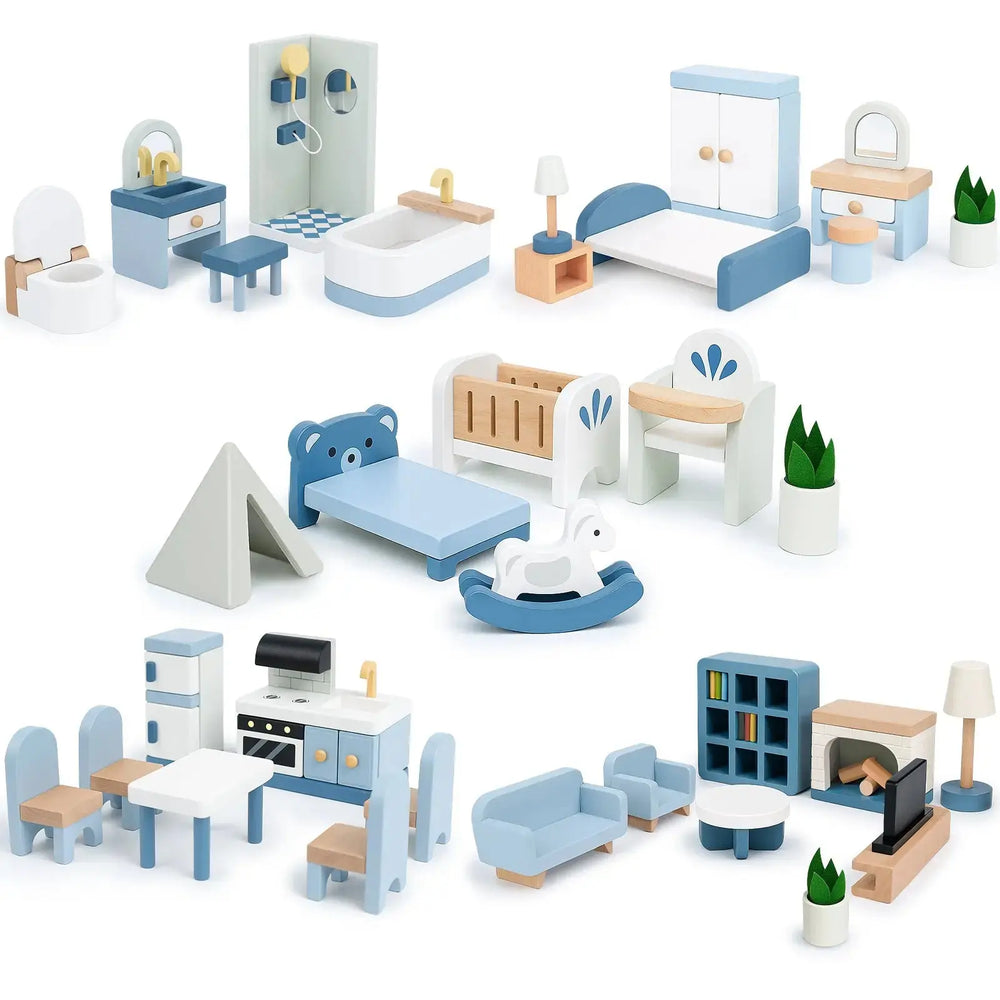
Maybe it will be helpful for you:
Recent Post
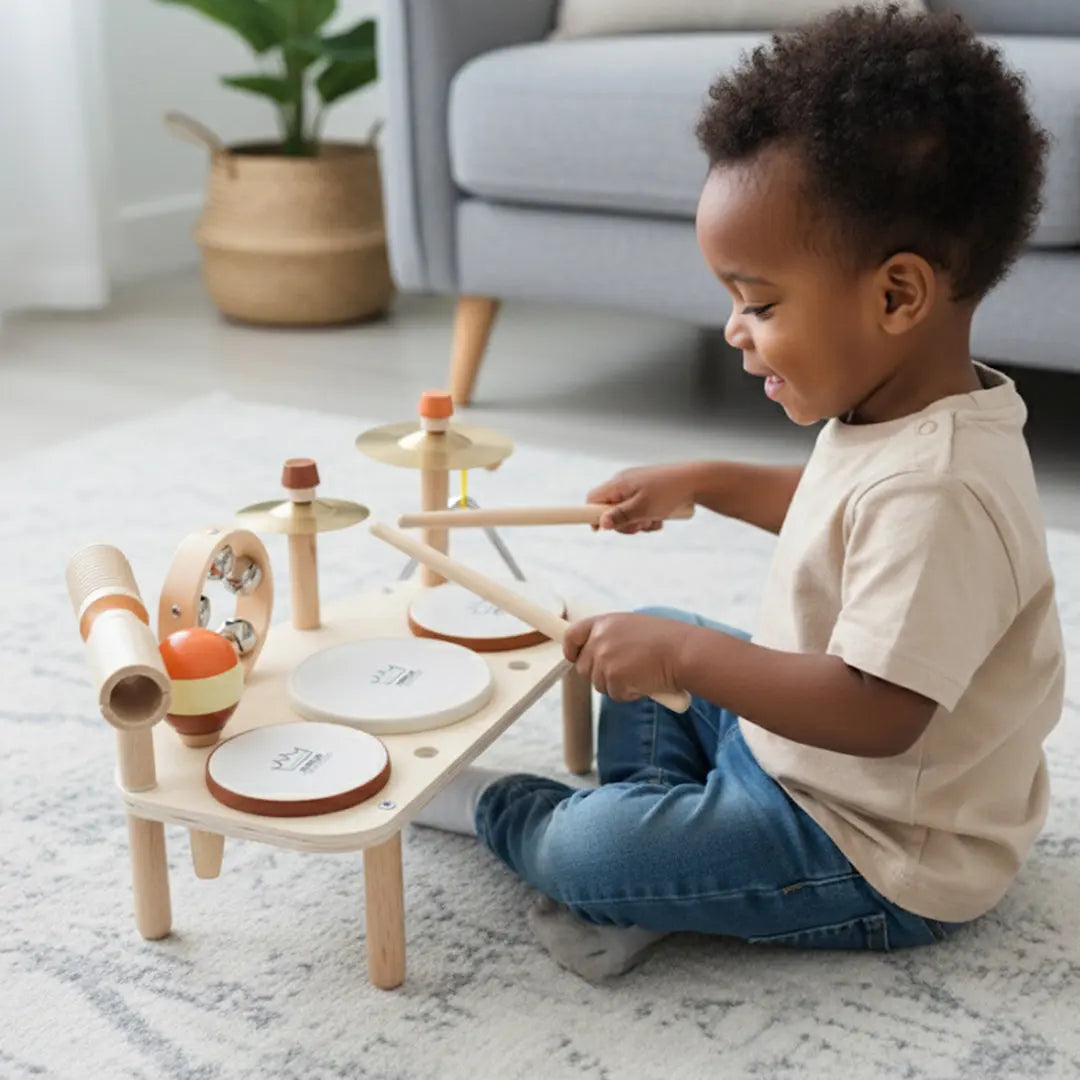
Montessori Music Toys: 7 Benefits for Toddler Development You Need
Montessori music toys are more than delightful playthings—they are ...
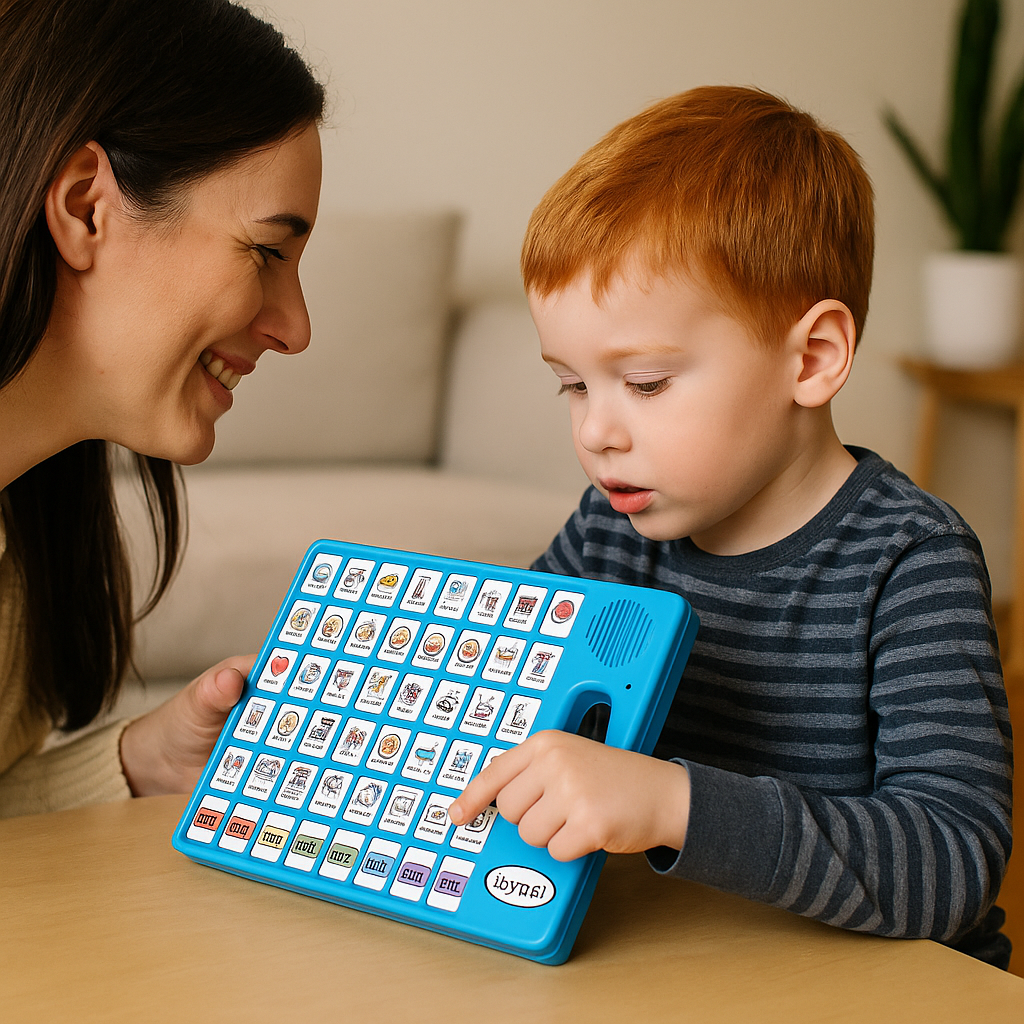
AA Communication Device: Who Qualifies and How to Get Assessed
When Words Don’t Come Easily: A Parent’s Journey Toward Communicati...
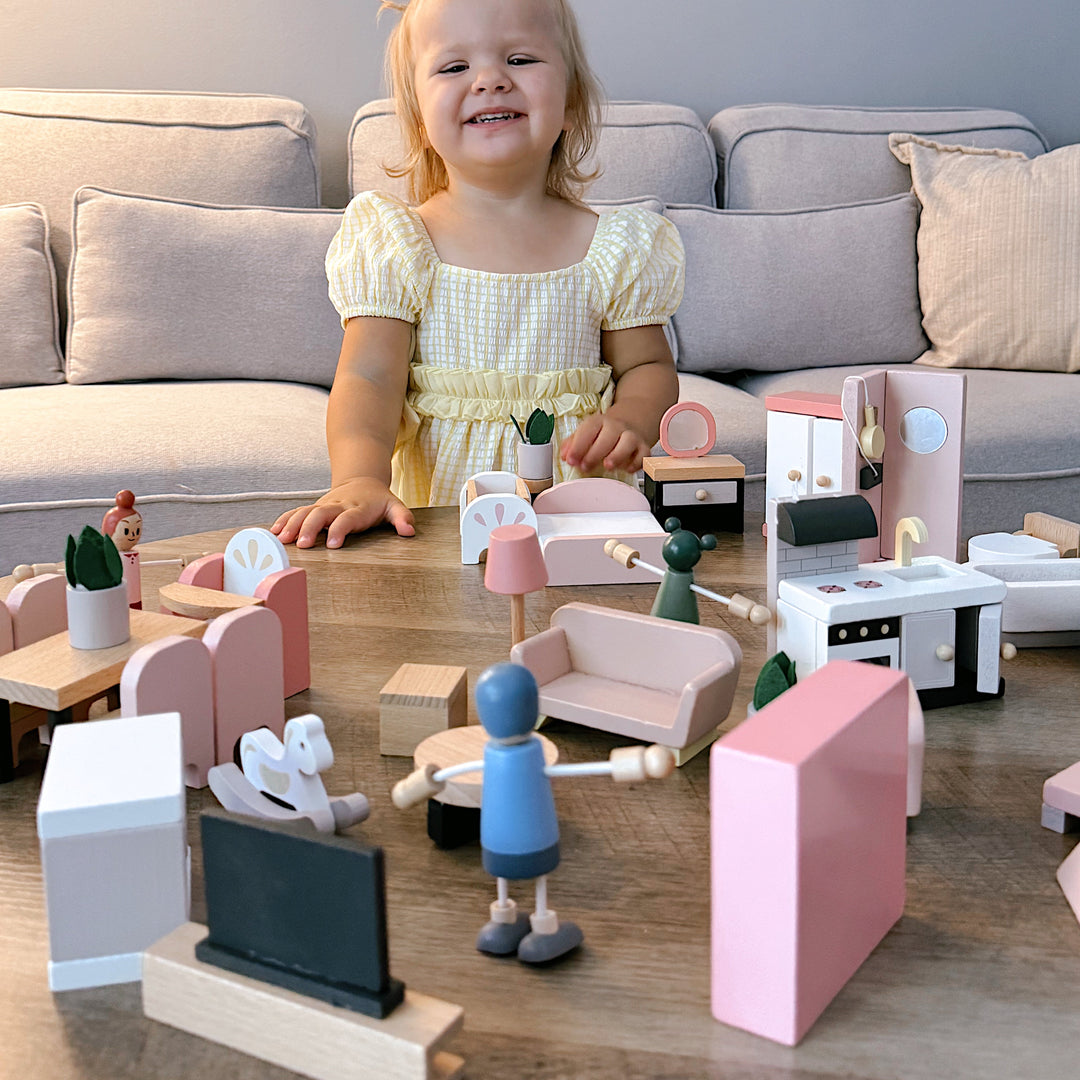
Montessori Wooden Toys: How to Choose the Best Mini Dollhouse Kit
Montessori Wooden Toys: How to Choose the Best Mini Dollhouse Kit ...
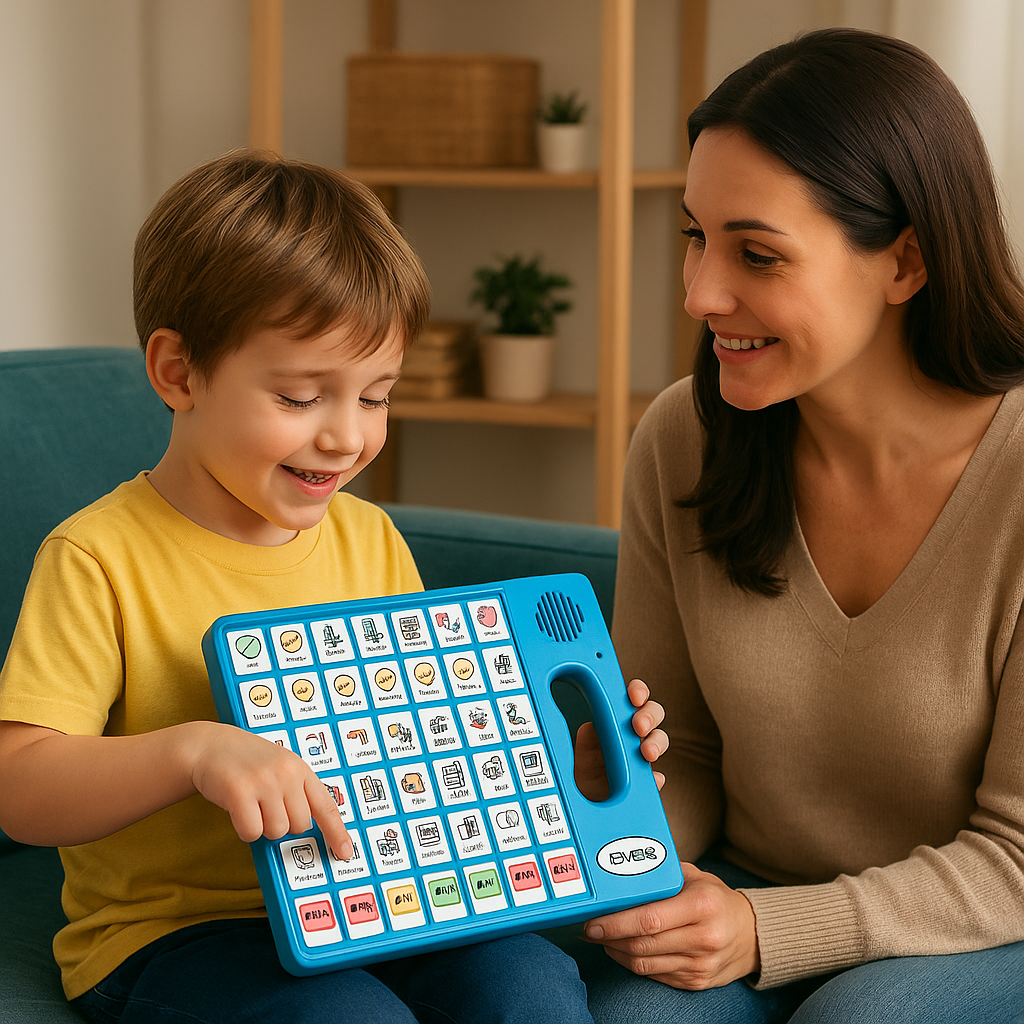
Joyreal AAC Devices: Giving Non-Speanking Children a Voice
The Connection Between AAC Devices and Autism Development Children ...
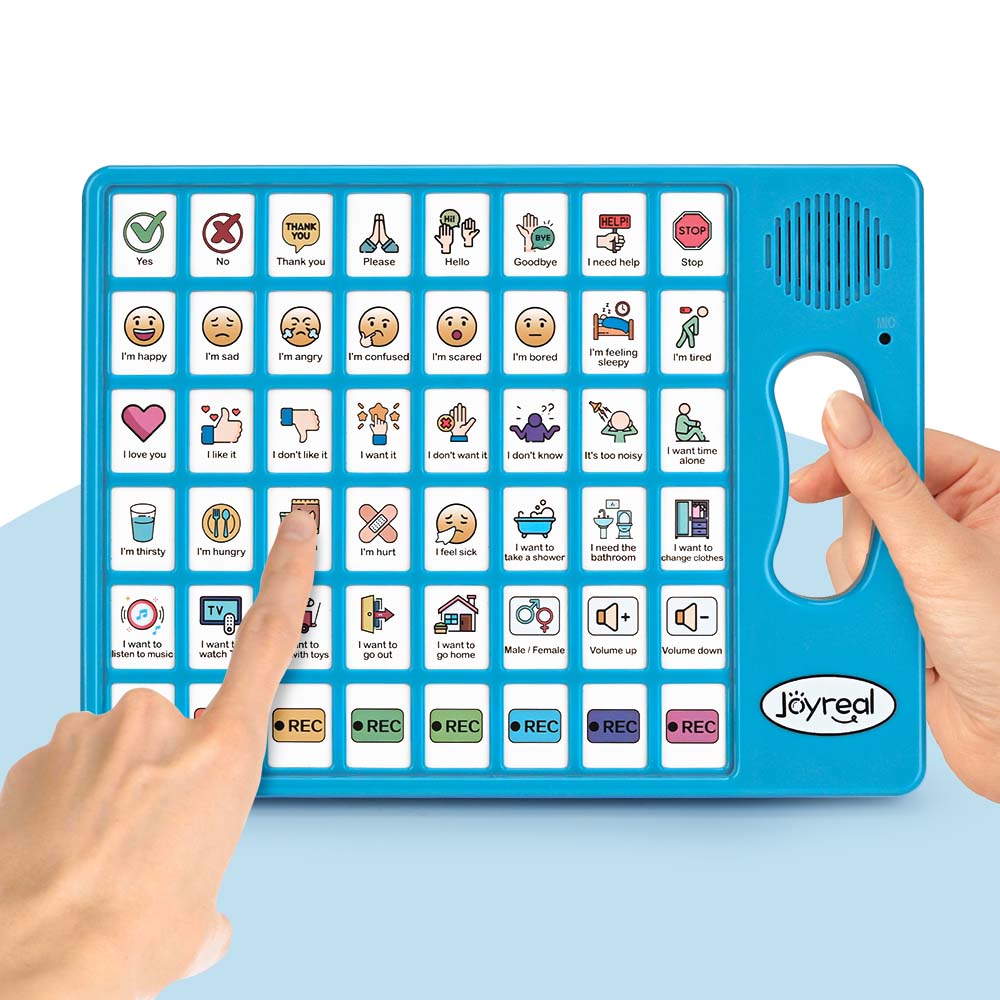
DIY Communication Board vs Ready-Made AAC Devices
For children with autism or other communication challenges, an AAC ...
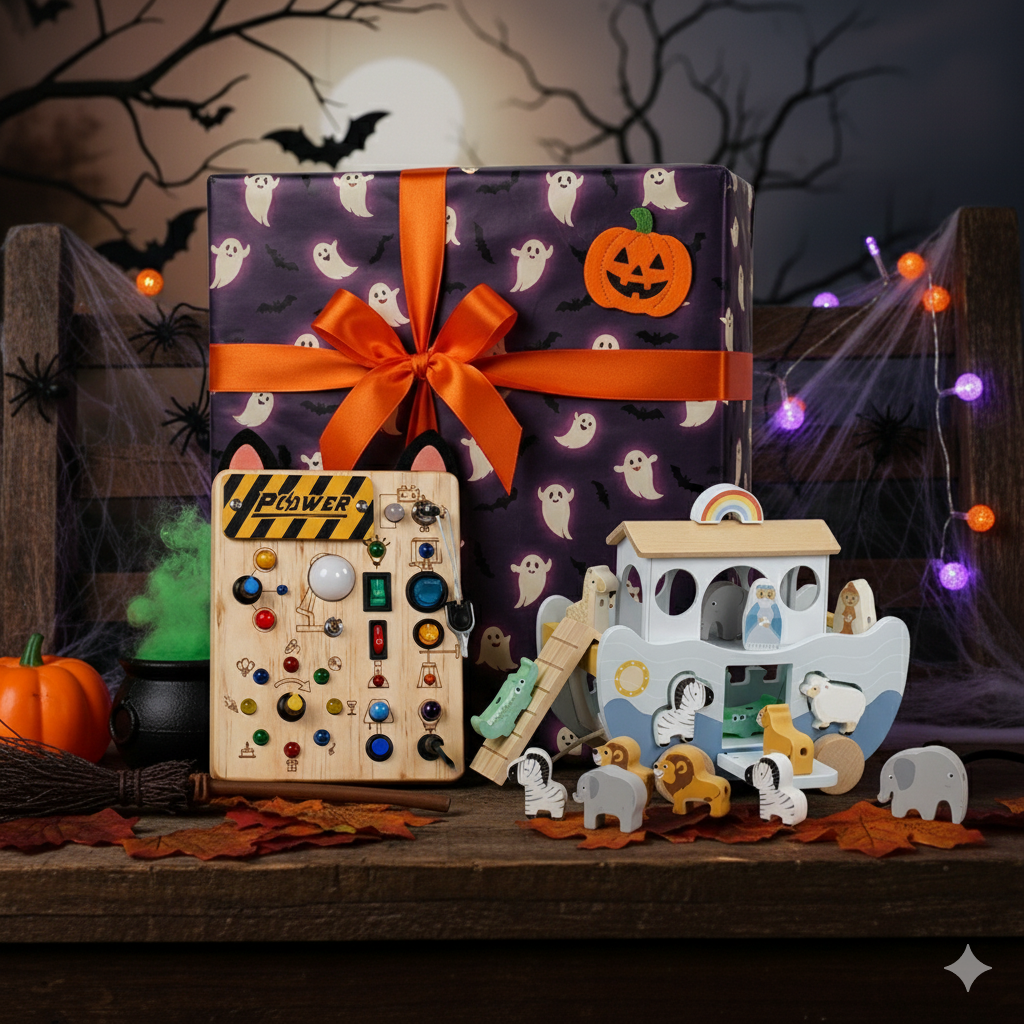
How to Choose the Perfect Halloween Gift?
Halloween is no longer just about costumes and trick-or-treating. I...
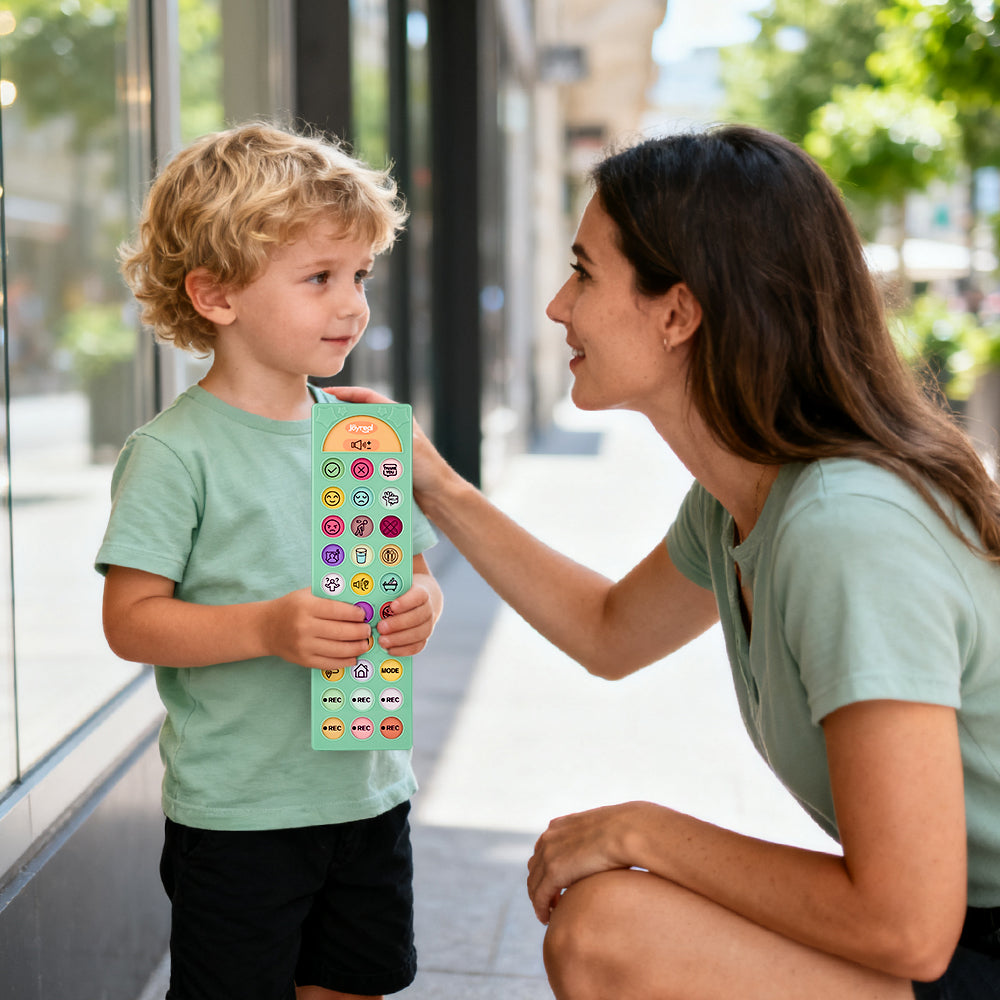
What AAC Devices Support Bilingual Families with Autism?
In today’s diverse world, communication is more than just words—it’...
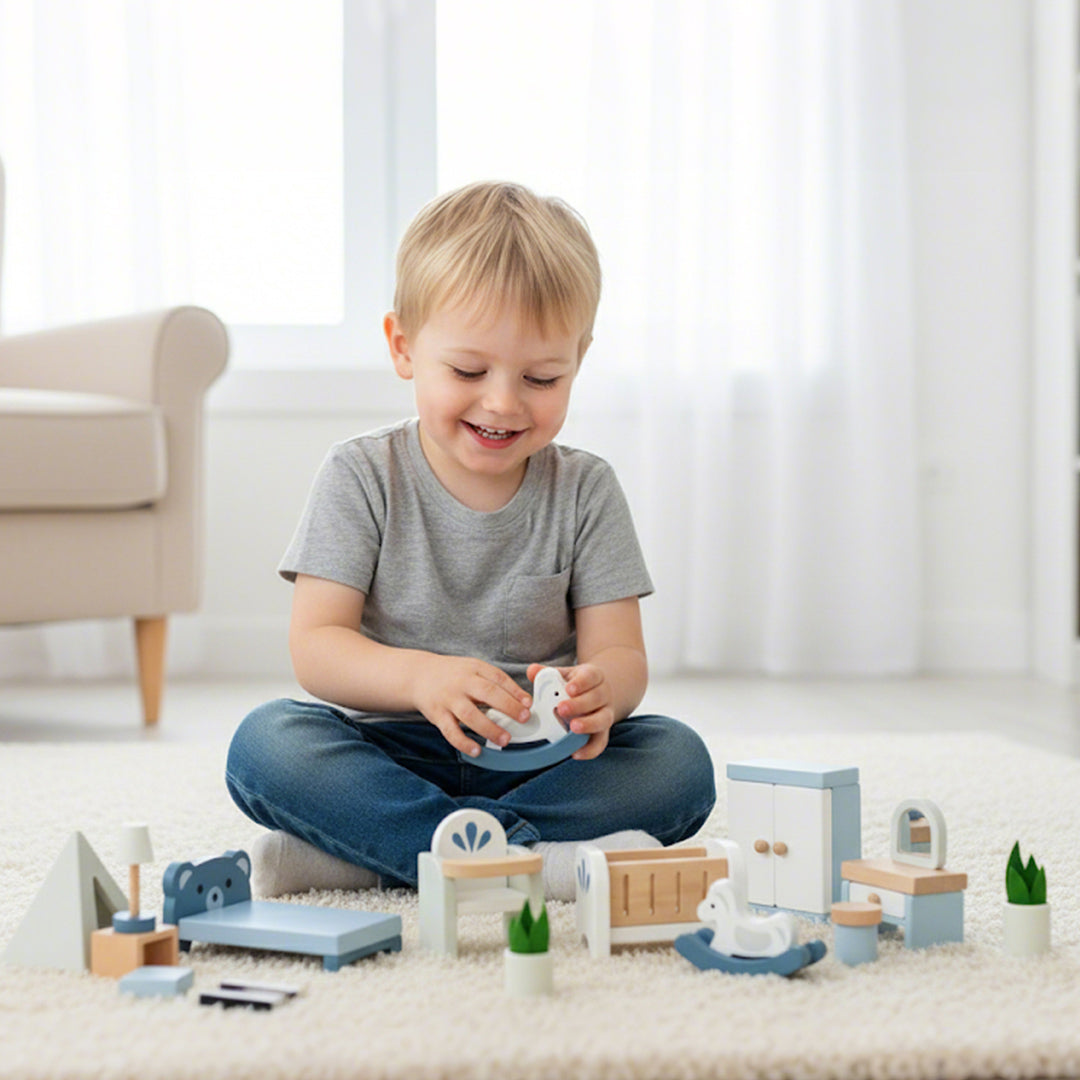
How to Choose the Perfect Holiday Gift for Kids Ages 1–5
Finding the perfect holiday gift for kids can be tricky, especiall...
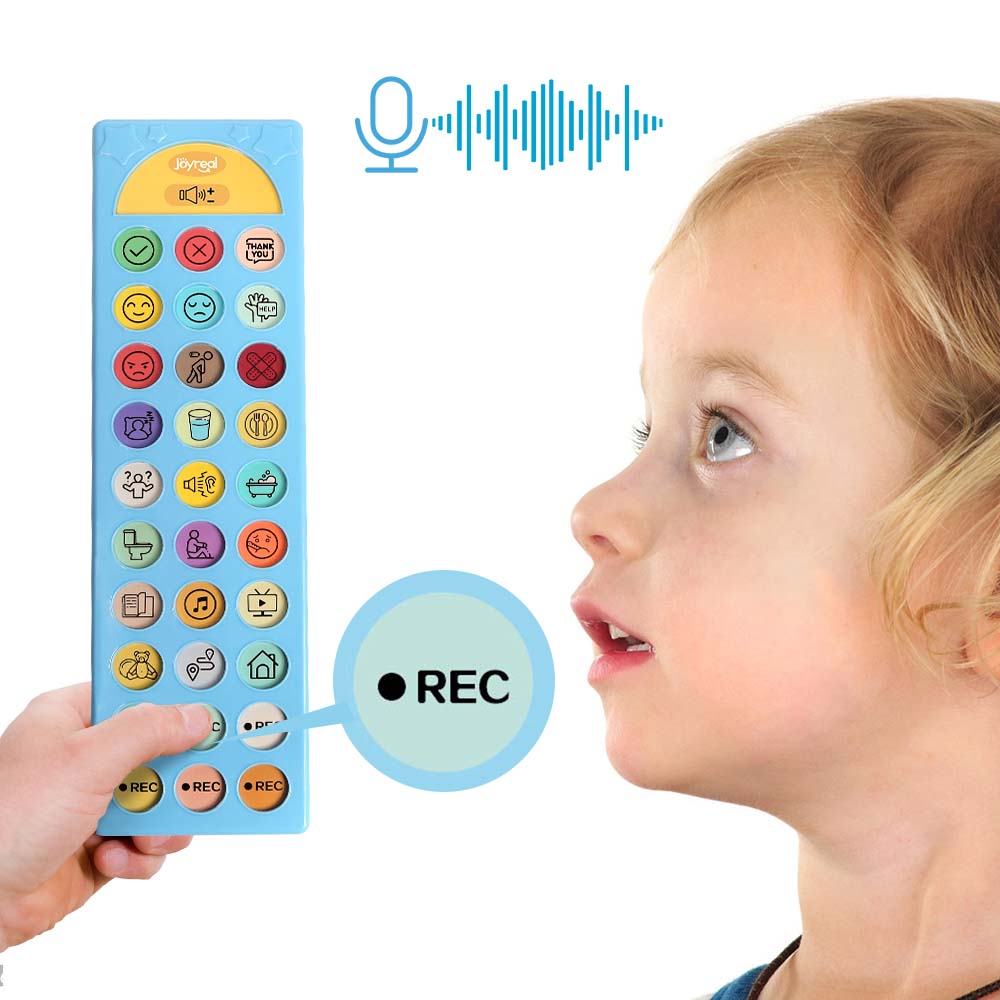
How to Make a Communication Board AAC Devices for Autism
Communication is a lifeline. For children with autism, speech dela...
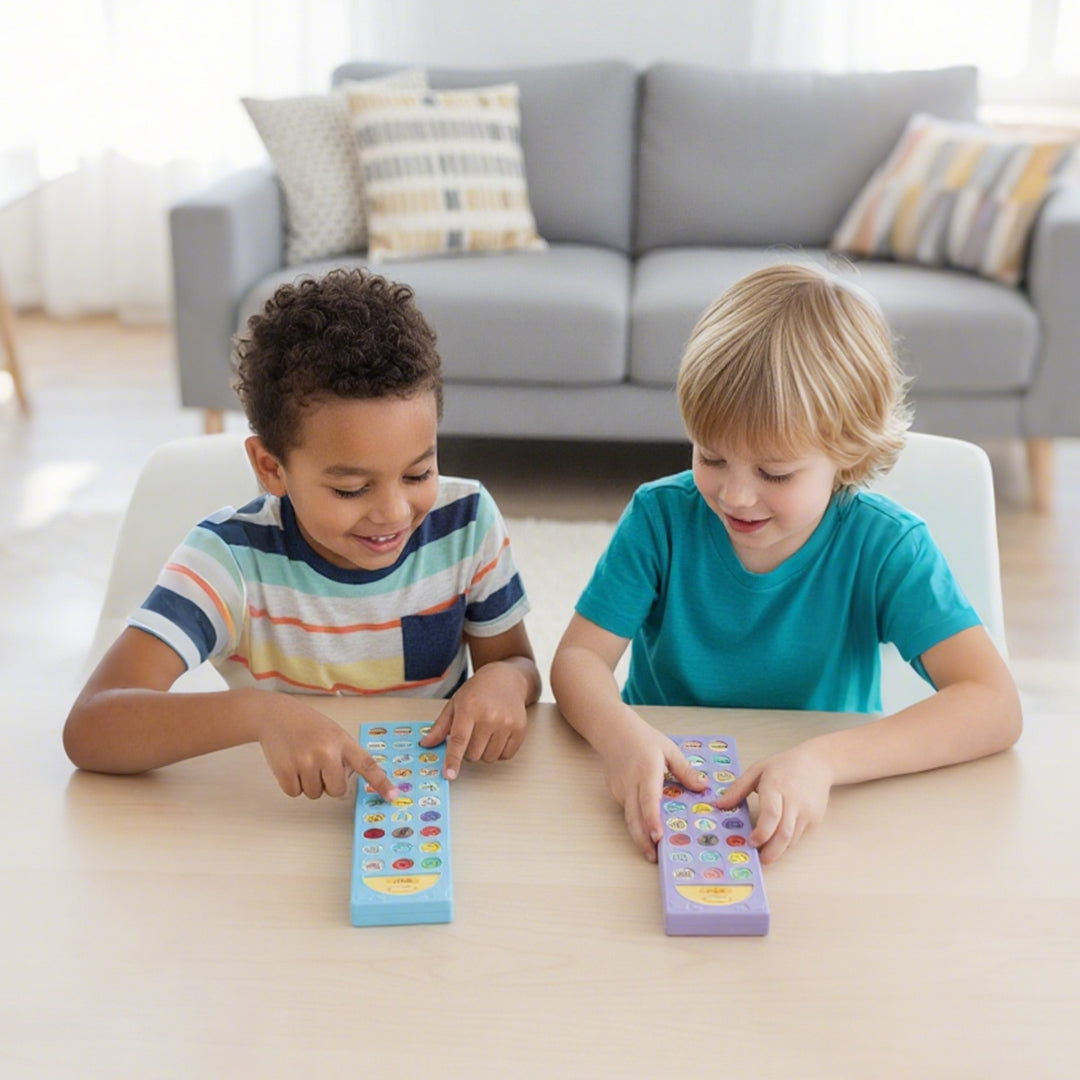
Choosing the Best AAC Device for Kids: A Parent’s Guide
Why Choosing the Right AAC Device Matters For children with autism,...















